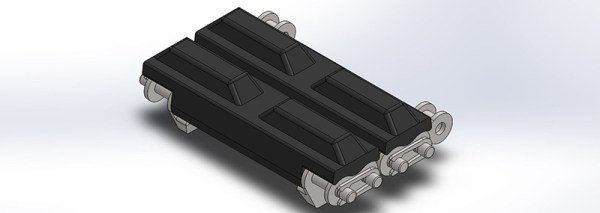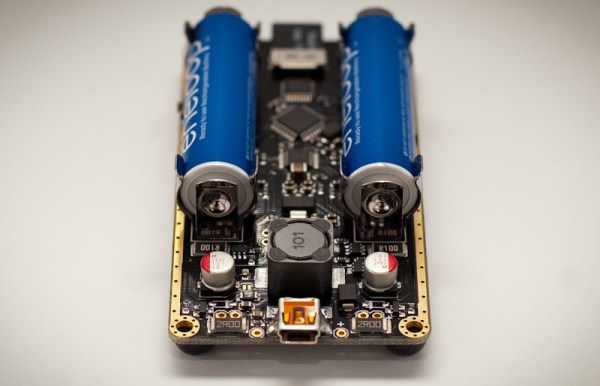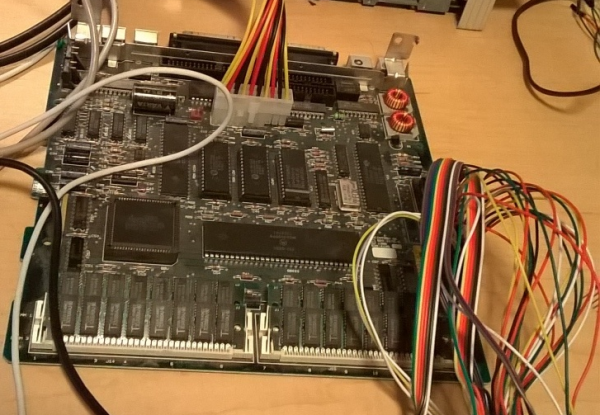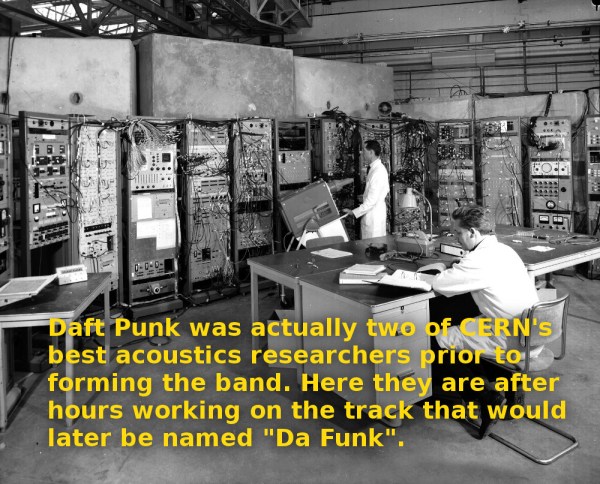There are a lot of robotics platforms out there, and whether for educational use or for robot fightin’ time, two things remain constant: tracks are often the best solution, and there aren’t very many modular track systems that can be used with a variety of designs. There are even fewer that can be built at home. [jupdyke]’s project fixes that. It’s a modular and easy to replicate system for tracked vehicles.
The design for this system of track uses roller chain, chosen because the components of roller chain are mass-produced in incredible quantities, sprockets are available in every imaginable size, and all the parts are available in different materials.
Rolling two chains around a few sprockets isn’t a problem; the hard part of this build is figuring out how to make the actual treads, and then making a lot of them. [jupdyke] is making them by 3D printing a few mold masters and doing a few test prints with silicone and polyurethane rubber. For a one-off project, it’s a lot of work, but if you’re making thousands of tracks, molds are the way to do it.
Continue reading “Hackaday Prize Entry: Molded Tracks For Vehicles”
























